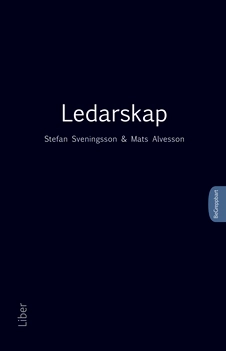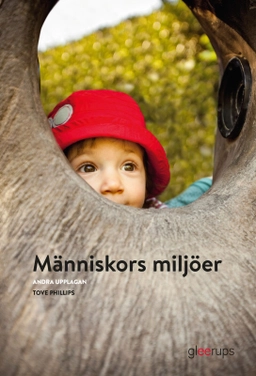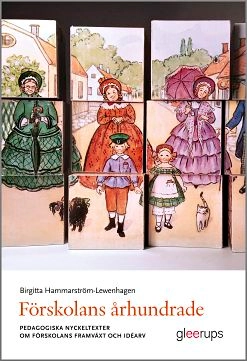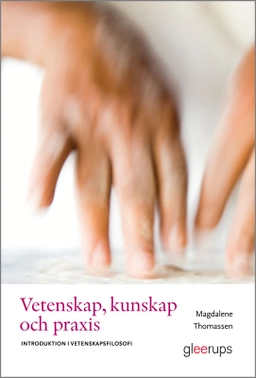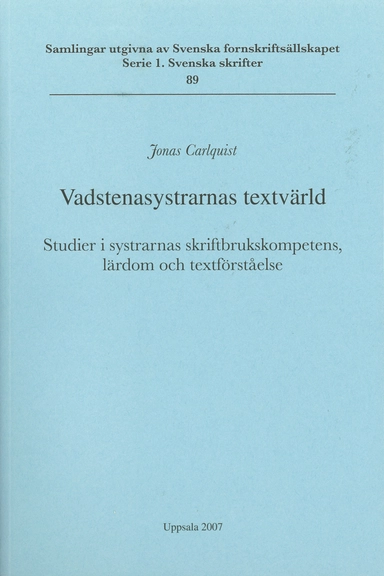

Vadstenasystrarnas textvärld : studier i systrarnas skriftbrukskompetens, lärdom och textförståelse = The textual world of the Vadstena sisters : studies in the literacy, learning and textual understanding of the nuns
- Utgiven: 2007
- ISBN: 9789197611800
- Sidor: 414 st
- Förlag: Svenska fornsskriftssällskapet
- Format: Häftad
- Språk: Svenska
Om boken
Åtkomstkoder och digitalt tilläggsmaterial garanteras inte med begagnade böcker
Mer om Vadstenasystrarnas textvärld : studier i systrarnas skriftbrukskompetens, lärdom och textförståelse = The textual world of the Vadstena sisters : studies in the literacy, learning and textual understanding of the nuns (2007)
I december 2007 släpptes boken Vadstenasystrarnas textvärld : studier i systrarnas skriftbrukskompetens, lärdom och textförståelse = The textual world of the Vadstena sisters : studies in the literacy, learning and textual understanding of the nuns skriven av Jonas Carlquist. Den är skriven på svenska och består av 414 sidor djupgående information om språk. Förlaget bakom boken är Svenska fornsskriftssällskapet.
Köp boken Vadstenasystrarnas textvärld : studier i systrarnas skriftbrukskompetens, lärdom och textförståelse = The textual world of the Vadstena sisters : studies in the literacy, learning and textual understanding of the nuns på Studentapan och spara pengar.
Tillhör kategorierna
Referera till Vadstenasystrarnas textvärld : studier i systrarnas skriftbrukskompetens, lärdom och textförståelse = The textual world of the Vadstena sisters : studies in the literacy, learning and textual understanding of the nuns
Harvard
Oxford
APA
Vancouver








